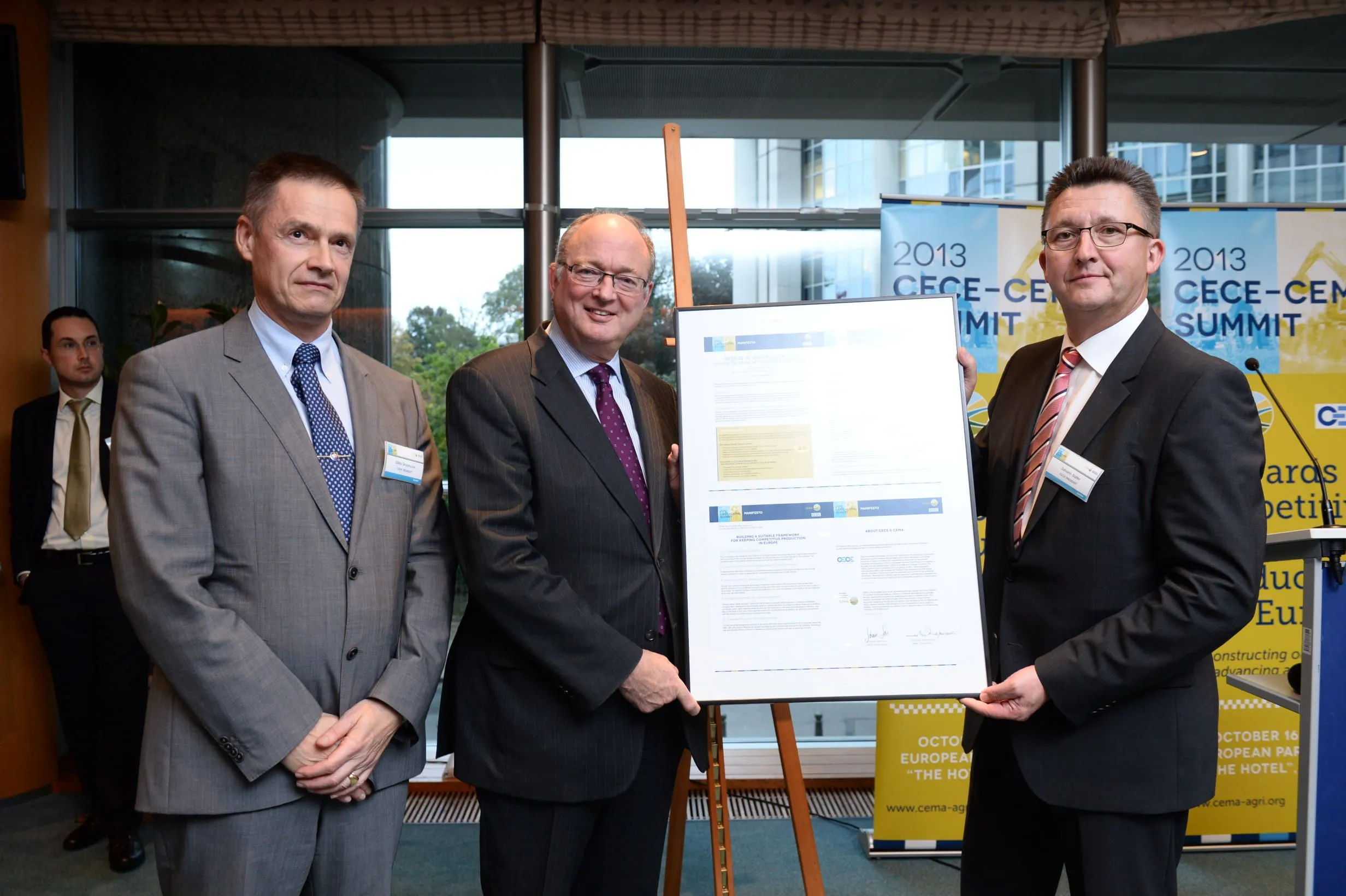A cautiously optimistic report has been published by the European Construction Industry Federation (FIEC), which shows activity levels continue to fall. The FIEC’s recently released annual statistical report provides a comprehensive review of construction activity in Europe and shows business levels have improved slightly in some sectors. “The EU total construction output amounted to €1,208 billion in 2011, which represents a growth of 1.4% compared to 2010”, stated FIEC vice-president Jacques Huillard, in
July 10, 2012
Read time: 3 mins
A cautiously optimistic report has been published by the 6164 European Construction Industry Federation (FIEC), which shows activity levels continue to fall. The FIEC’s recently released annual statistical report provides a comprehensive review of construction activity in Europe and shows business levels have improved slightly in some sectors. “The EU total construction output amounted to €1,208 billion in 2011, which represents a growth of 1.4% compared to 2010”, stated FIEC vice-president Jacques Huillard, in charge of economic issues.
“Indeed, our sector benefited from the improvement in the general economic climate seen throughout 2010 and right up until the first half of 2011. So, after three years of decline, we could finally see a tentative recovery. However, this overall figure covers dramatic differences between the countries most severely hit by the financial and economic crises and those less severely hit.”
He continued, “During the most difficult times, it was mainly the civil engineering, public non-residential and repair and maintenance segments which kept business going, partly as a result of the recovery plans implemented in the various Member States. In 2011, on the other hand, stronger growth was to be found in the new residential and private non-residential sectors. This phenomenon matches up with our forecasts regarding Member States consolidation measures aimed at respecting the European Stability and Growth Pact.”
According to FIEC’s statistics, civil engineering activities have suffered greatly from the scaling back of general public investment, which, at the end of the year, translated into weak growth of 0.7%. But rehabilitation and maintenance activities benefited from fiscal incentives. However, in spite of these signs of recovery, the general downturn in activity from 2008 to 2010 has inevitably had an important impact on the number of persons employed. And, in 2011, employment in construction continued to fall sharply in the EU (-3.5%). The construction industry remains one of the major engines of Europe’s growth. It still represents nearly 10% of EU GDP and above 3 million enterprises, which provide jobs to more than 14 million workers.
In the persisting climate of economic uncertainty caused by the public debt crisis he warned, “The majority of FIEC’s member federations are forecasting a further fall in business in 2012 and, for instance, there are predictions of a 1.9% decline for the EU as a whole.”
“The European construction industry is capable to provide solutions for the major global challenges, be it energy efficiency of the built environment, resource efficiency or infrastructure, concluded Huillard, “The necessary investment would also create growth and jobs, in short, medium and long term. FIEC appeals to the European and national decision makers to take this into consideration when deciding on budget cuts or financial market regulations. Without such investment, the EU will have no sustainable growth and jobs!”
“Indeed, our sector benefited from the improvement in the general economic climate seen throughout 2010 and right up until the first half of 2011. So, after three years of decline, we could finally see a tentative recovery. However, this overall figure covers dramatic differences between the countries most severely hit by the financial and economic crises and those less severely hit.”
He continued, “During the most difficult times, it was mainly the civil engineering, public non-residential and repair and maintenance segments which kept business going, partly as a result of the recovery plans implemented in the various Member States. In 2011, on the other hand, stronger growth was to be found in the new residential and private non-residential sectors. This phenomenon matches up with our forecasts regarding Member States consolidation measures aimed at respecting the European Stability and Growth Pact.”
According to FIEC’s statistics, civil engineering activities have suffered greatly from the scaling back of general public investment, which, at the end of the year, translated into weak growth of 0.7%. But rehabilitation and maintenance activities benefited from fiscal incentives. However, in spite of these signs of recovery, the general downturn in activity from 2008 to 2010 has inevitably had an important impact on the number of persons employed. And, in 2011, employment in construction continued to fall sharply in the EU (-3.5%). The construction industry remains one of the major engines of Europe’s growth. It still represents nearly 10% of EU GDP and above 3 million enterprises, which provide jobs to more than 14 million workers.
In the persisting climate of economic uncertainty caused by the public debt crisis he warned, “The majority of FIEC’s member federations are forecasting a further fall in business in 2012 and, for instance, there are predictions of a 1.9% decline for the EU as a whole.”
“The European construction industry is capable to provide solutions for the major global challenges, be it energy efficiency of the built environment, resource efficiency or infrastructure, concluded Huillard, “The necessary investment would also create growth and jobs, in short, medium and long term. FIEC appeals to the European and national decision makers to take this into consideration when deciding on budget cuts or financial market regulations. Without such investment, the EU will have no sustainable growth and jobs!”








